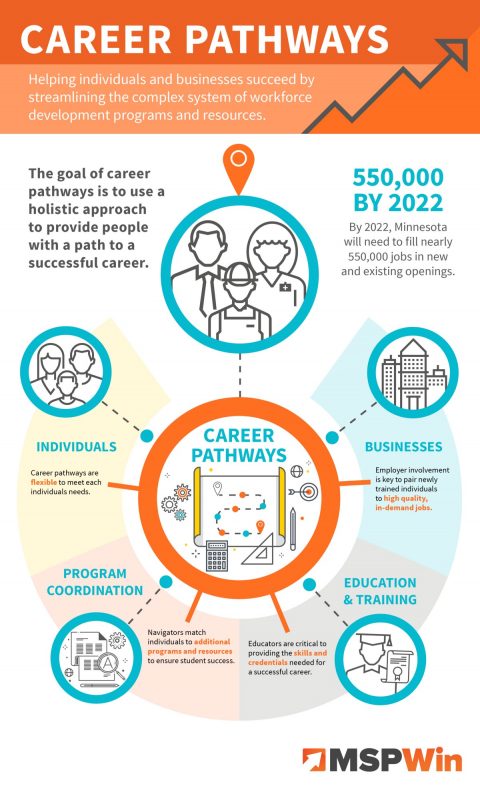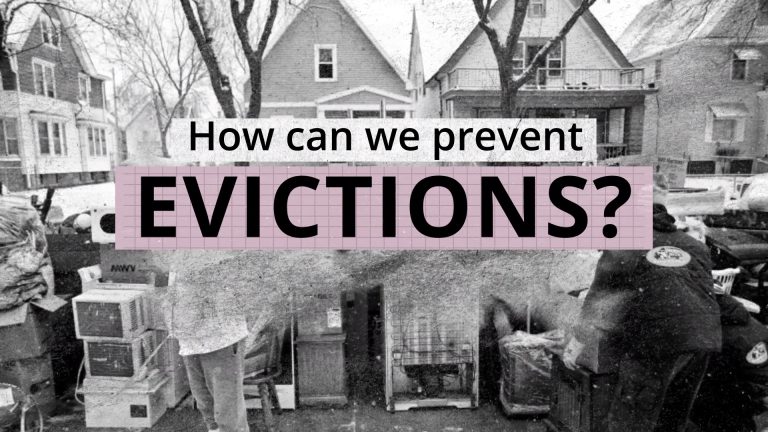
The following article was originally published by Living Cities on April 23, 2018. It is reprinted here with full permission. This essay is part of a series titled, Accelerate This! Government as Social Innovator, which features leaders at the intersection of philanthropy and government offering ideas about how non-public dollars can be used to drive innovation and systemic change on complex social issues. The Accelerate This! Government as Social Innovator national symposium took place on May 1, 2018 in Los Angeles and featured systems-changing innovations from cities that can be adapted for your community. The event was part of the City Accelerator, an initiative led by Living Cities and supported by the Citi Foundation. For more information, click here.
The “silver tsunami” — the long anticipated wave of retirements as boomers age out of the workforce — has hit few sectors of the economy as hard as the public sector. Government workers tend to be older and more highly credentialed than those in the general workforce. They also tend to stay in their jobs longer and retire at a younger age.
Minnesota’s Hennepin County reflects this trend. The county, which is the state’s second-largest unit of government, anticipates that one in three of their workers will retire by 2020 and nearly half by 2025. Low unemployment (3.1%), slower population growth, and increased demands for talent combine to create a projected worker shortage of 128,000 across the region in just two years. In addition, Minnesota has some of the starkest and most persistent racial employment disparities in the nation.
So, in 2014, with these dual challenges keeping him up at night, Hennepin County Administrator David Hough began thinking about ways to take an asset-based approach to future workforce development. He wondered, given shifting demographics, how might the county source talent from residents historically excluded from the economy? This would address the imminent shortages and build a more diverse workforce.
With financial and technical support from the McKnight Foundation and in partnership with the Minneapolis St. Paul Regional Workforce Innovation Network (MSPWin), the county established a public/private infrastructure to begin closing the employment gap in our region. This led to the first career pathways program into eligibility assistance, office administration, and building operations.
In under three years, the county has hired over 160 pathways graduates. Employer partners have hired another 135, and over 150 people are in training across more than a dozen other multi-employer, sector-based career pathways.
 The pathways are opening up real career opportunities for communities of color. Since 2015, 58.9% of pathways graduates hired by the county have been people of color compared to 39% of those hired through traditional hiring practices. A preliminary study suggests a 140% wage increase for pathways graduates and over 80% retention in county employment after one year, with the initial investment returned in 12 to 18 months.
The pathways are opening up real career opportunities for communities of color. Since 2015, 58.9% of pathways graduates hired by the county have been people of color compared to 39% of those hired through traditional hiring practices. A preliminary study suggests a 140% wage increase for pathways graduates and over 80% retention in county employment after one year, with the initial investment returned in 12 to 18 months.
The county has served as a model of an innovative employment strategy, and the private sector has taken note. Eighteen multi-employer career pathways are now providing new diverse talent pipelines to an increasing number of employers in both the private and public sectors. The career pathways approach is growing. New partnerships with traditional employment services and community and technical colleges are sparking new relationships and ways of doing business within those institutions as well.
With further support from philanthropy, the county has organized a regional sector strategy for government employers committed to building a stronger and more diverse state, county, and municipal workforce. This effort provides an industry approach to removing barriers inherent in legacy hiring practices, aggregating hiring demand, coordinating engagement with unions and training partners, and better aligning the public workforce system.
For us at McKnight, the opportunity to be part of this endeavor has been both an inspiration and an honor. This innovative approach to workforce development, guided by the exceptional leadership in local government, is already strengthening the region today and helping to position us well for a more inclusive economy tomorrow.


